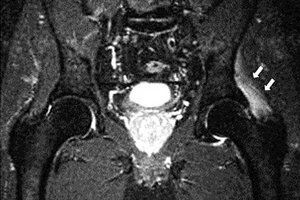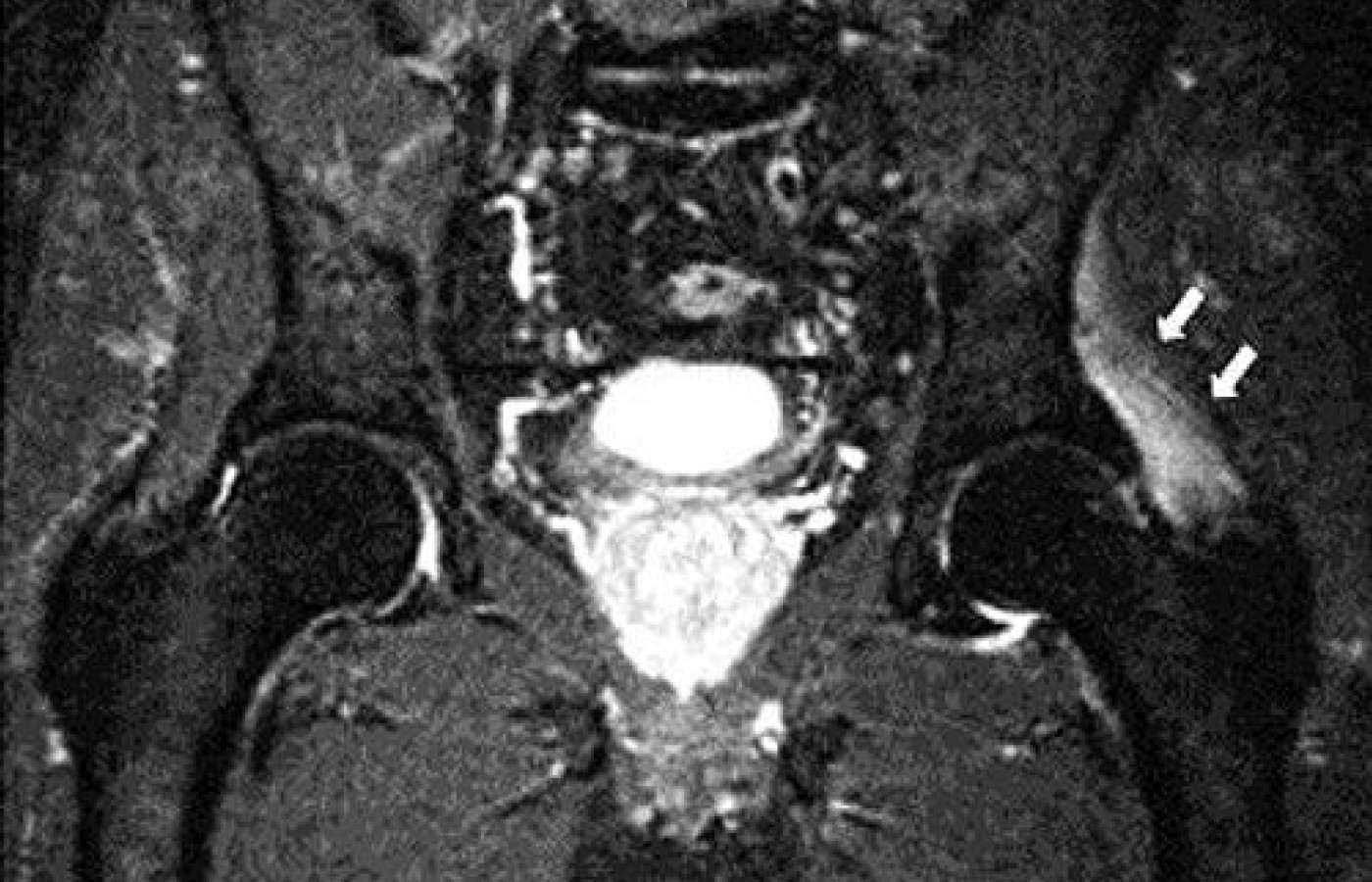Refund requests are an unavoidable part of running a chiropractic practice. Whether a patient is unhappy with their care, believes an adjustment caused harm, or simply changes their mind, these situations must be handled carefully to avoid escalation. While chiropractors are not legally obligated to issue refunds in most cases, there are times when doing so is the best business decision to protect the practice.
Statin Myotosis: A Not-So-Rare Cause of Muscle Pain
It is not uncommon for patients with muscle pain to end up in a chiropractic office, either by referral from another clinician or by self-referral. There are many conditions including trauma that are associated with inflammation of muscles. Even healthy people who overdo it with strenuous exercise can suffer temporary inflammatory changes in their muscles. Many conditions that seem to involve the muscle may be the result of other organ systems, e.g., claudication due to vascular disease.
The topic is too enormous to even begin to discuss all the causes of inflammatory myopathy. The focus here is to increase awareness of a problem that has been reported as relatively rare – at least by the pharmaceutical companies. The key word here is relative; in my limited experience, this side effect is more common than statistics seem to indicate.
Statins are among the most widely prescribed drugs in the world, with more than 30 million people on statins just in the United States and an estimated $19 billion in domestic sales. Prescribed to lower cholesterol and reduce the risk of cardiovascular disease, they have been linked to a variety of muscle-related side effects termed statin myopathy. This side effect is reported to be as high as 15 percent in patients using all types of statins, with even higher rates of incidence associated with higher dosages and when combining different cholesterol-lowering medications with statins.
Clinical findings include muscle pain and weakness, mainly in the lower extremities, but also generalized overall muscle pain and weakness. Life-threatening muscle breakdown, known as rhabdomyolysis, and kidney failure can also occur, although rare.

The typical patient with a statin myopathy is usually older, and complains of pain and stiffness in the muscles of their thighs and buttocks. Historically, they have been taking a statin for less than a few months to control elevated cholesterol levels. Most patients will develop muscle symptoms within the first few weeks of taking the statin.
Often patients with arthritic conditions have difficulty differentiating the symptoms of arthritis with the onset of the myopathy. Patients may report muscle weakness in the locations of pain. Blood testing for the muscle enzyme CPK may be mildly elevated. Most patients are informed about the possibility of muscle injury with statins, but this side effect does not appear to be stressed enough, and the patient may not be able to correlate the symptom with the medication because they have a number of conditions that cause similar symptoms.
As a case example, the figure at right is a coronal T2-weighted STIR image of the pelvis. Diffuse edema of the left gluteus minimus muscle (arrows) is demonstrated. Patient's complaint was left hip pain that developed more than eight weeks after starting statin therapy for high cholesterol. CPK was mildly elevated and there was no radiographic evidence of degenerative arthropathy.
The patient was a 48-year-old male, very active, with no history of recent trauma; but he played tennis regularly and thought hip pain was due to the tennis. The usual presenting clinical picture of statin myositis is a patient with diffuse muscle pain mainly involving the lower extremities and buttocks, with cramping involving multiple locations.
This case is unusual because the clinical complaint was localized to the hip and appeared to be mainly an orthopedic problem. An MRI was performed to evaluate the hip, which demonstrated edema in the gluteus minimus. The medication was stopped and the patient recovered within a few weeks.
It should be noted that the risk of muscle damage is multiplied 5-25 times by using a combination of a statin and another cholesterol-lowering drug, rather than just using the statin alone. In fact, the manufacturers of statins recommend that "any patient taking a statin should be advised to report promptly any unexplained muscle pain, tenderness or weakness ... When a muscle disease is suggested, the statin drug should be stopped."
Statin drugs cause three types of muscle conditions. The first type is the most common and consists of mild muscle aching, myalgia, which is generally reversible within weeks of discontinuing the drug. The second type consists of muscle pain and minor muscle weakness associated with mild muscle inflammation, observable on MRI as edema. The muscle enzyme CPK is generally mildly elevated. This condition also generally reverses, but it may take several months to resolve.
The third type of muscle condition caused by statins is severe muscle inflammation and damage. There is general overall muscle pain involving all parts of the body, with associated severe muscle weakness. Even the cardiac muscles can be involved, though rarely. The CPK enzyme is markedly elevated, indicating that the muscles are severely damaged. Release of proteins from the damaged muscle cells collecting in the blood can damage the kidneys. This condition can lead to kidney failure and require dialysis.
Obviously, a patient with this third type of statin myopathy may not recover. Thus, it is important to realize that the earlier the condition is recognized or even suspected, the sooner medication use can be discontinued and the healing process initiated.
For a more in-depth discussion, visit www.ccjm.org/content/78/6/393.full.pdf+html to read "Statin Myopathy: A Common Dilemma Not Reflected in Clinical Trials," published in the Cleveland Clinic Journal of Medicine, June 2011.



